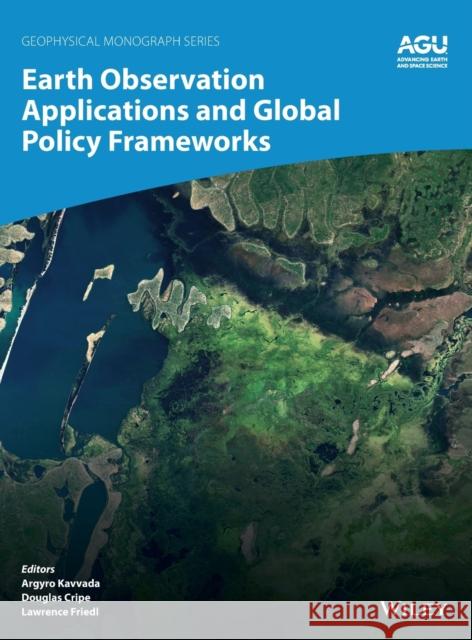Earth Observation Applications and Global Policy Frameworks » książka
topmenu
Earth Observation Applications and Global Policy Frameworks
ISBN-13: 9781119536765 / Angielski / Twarda / 2022 / 224 str.
Kategorie BISAC:
Wydawca:
American Geophysical Union
Seria wydawnicza:
Język:
Angielski
ISBN-13:
9781119536765
Rok wydania:
2022
Numer serii:
000009275
Ilość stron:
224
Oprawa:
Twarda
Wolumenów:
01
Dodatkowe informacje:
Bibliografia
Glosariusz/słownik
Glosariusz/słownik











